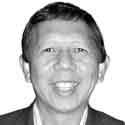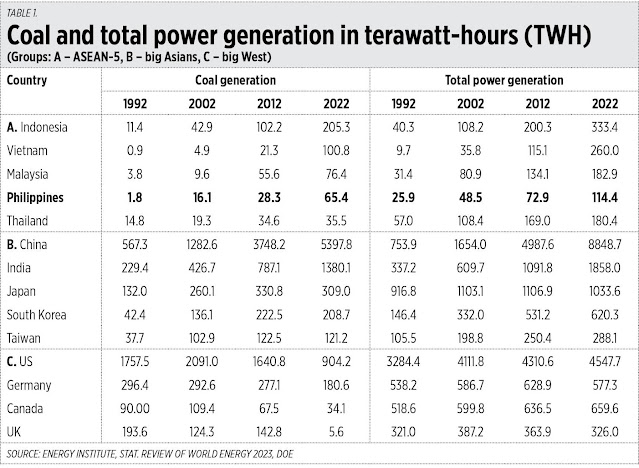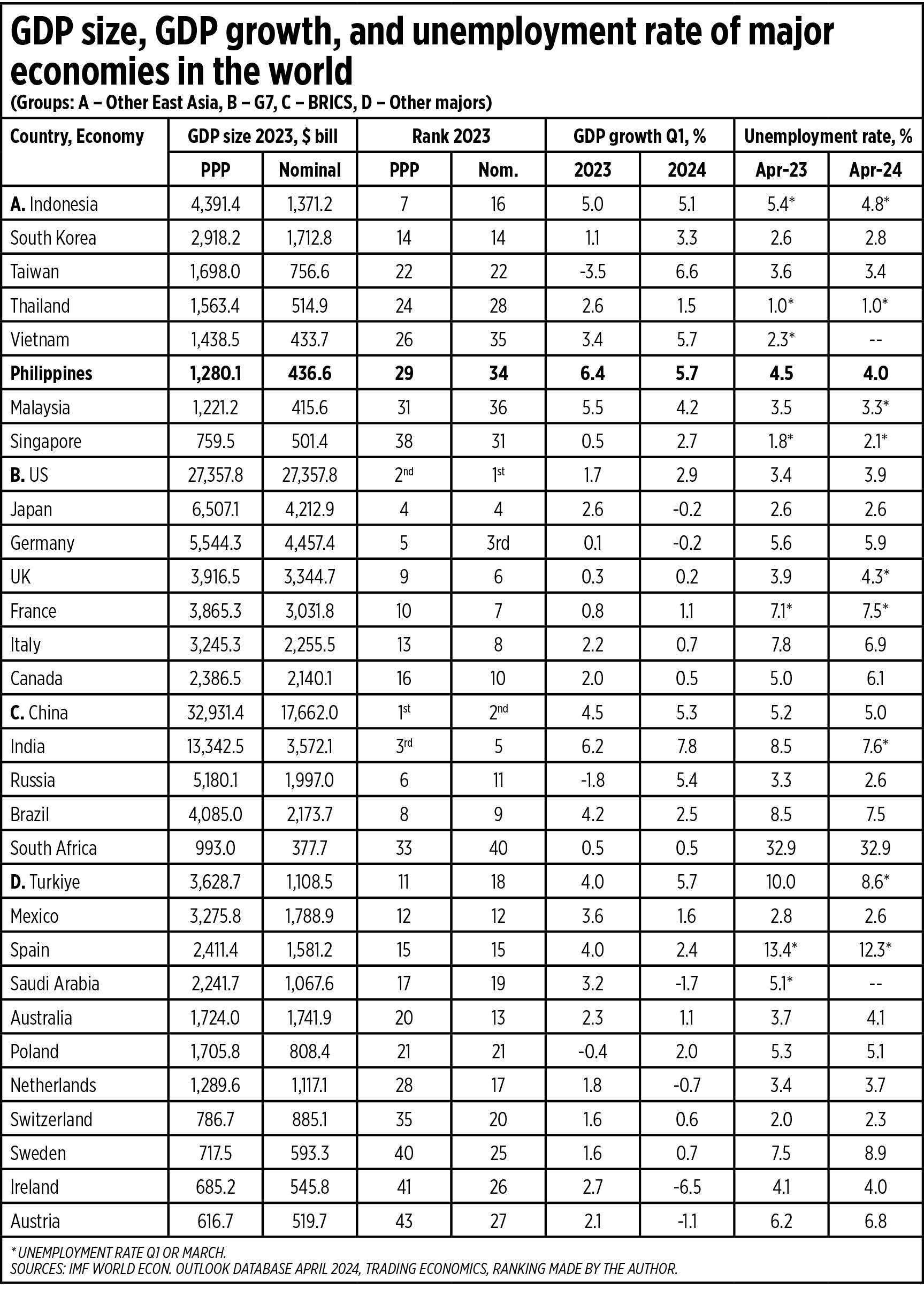I was not a fan of Jeffrey Sachs before with his endless Save-the-planet narratives. But during the Russia-Ukraine war, he has pivoted to Save-the-peace movement and I like him there. His latest article below, he argued many things but I just list down three of these. The news links in his article some I included here. Enjoy.
Why Won’t the US Help Negotiate a Peaceful End to the War in Ukraine?
For goodness' sake, negotiate!
by Jeffrey D. Sachs, June 26, 2024
https://original.antiwar.com/Jeffrey_Sachs/2024/06/25/why-wont-the-us-help-negotiate-a-peaceful-end-to-the-war-in-ukraine/
(1) Dismember Russia
Since the end of the Cold War, the U.S. grand strategy has been to weaken Russia. As early as 1992, then Defense Secretary Richard Cheney opined that following the 1991 demise of the Soviet Union
Dick Cheney confirmed US goal is to break up Russia as a country, not just USSR
Former Vice President and Iraq War architect Dick Cheney wasn’t content only breaking up the Soviet Union. Balkanizing Russia (and China) is a bipartisan foreign-policy goal among top US national security state officials.
Ben Norton 2022-02-01
https://geopoliticaleconomy.com/2022/02/01/dick-cheney-us-goal-break-up-russia/
A Geostrategy for Eurasia
Foreign Affairs September/October 1997
By Zbigniew Brzezinski, September 1, 1997
https://www.foreignaffairs.com/articles/asia/1997-09-01/geostrategy-eurasia
Brzezinski opined that Russia should be divided into three loosely confederated entities in Russian Europe, Siberia, and the far east.
NATO Expansion: What Gorbachev Heard
Michail Gorbachev discussing German unification with Hans-Dietrich Genscher and Helmut Kohl in Russia, July 15, 1990.
Declassified documents show security assurances against NATO expansion to Soviet leaders from Baker, Bush, Genscher, Kohl, Gates, Mitterrand, Thatcher, Hurd, Major, and Woerner
Slavic Studies Panel Addresses “Who Promised What to Whom on NATO Expansion?”
Published: Dec 12, 2017
Washington D.C., December 12, 2017 – U.S. Secretary of State James Baker’s famous “not one inch eastward” assurance about NATO expansion in his meeting with Soviet leader Mikhail Gorbachev on February 9, 1990, was part of a cascade of assurances about Soviet security given by Western leaders to Gorbachev and other Soviet officials throughout the process of German unification in 1990 and on into 1991, according to declassified U.S., Soviet, German, British and French documents posted today by the National Security Archive at George Washington University (http://nsarchive.gwu.edu).
The documents show that multiple national leaders were considering and rejecting Central and Eastern European membership in NATO as of early 1990 and through 1991, that discussions of NATO in the context of German unification negotiations in 1990 were not at all narrowly limited to the status of East German territory, and that subsequent Soviet and Russian complaints about being misled about NATO expansion were founded in written contemporaneous memcons and telcons at the highest levels.
NATO Expansion: What Yeltsin Heard
President Clinton and President Yeltsin toasting at the state dinner, Hall of Facets, The Kremlin, Moscow, May 1995
Russian president led to believe Partnership for Peace was alternative to expanded NATO
Documents show early Russian opposition to “neo-containment;" more U.S. assurances to Russia: “inclusion not exclusion” in new European security structures
Published: Mar 16, 2018
https://nsarchive.gwu.edu/briefing-book/russia-programs/2018-03-16/nato-expansion-what-yeltsin-heard
Washington, D.C., March 16, 2018 – Declassified documents from U.S. and Russian archives show that U.S. officials led Russian President Boris Yeltsin to believe in 1993 that the Partnership for Peace was the alternative to NATO expansion, rather than a precursor to it, while simultaneously planning for expansion after Yeltsin’s re-election bid in 1996 and telling the Russians repeatedly that the future European security system would include, not exclude, Russia.
The declassified U.S. account of one key conversation on October 22, 1993, (Document 8) shows Secretary of State Warren Christopher assuring Yeltsin in Moscow that the Partnership for Peace was about including Russia together with all European countries, not creating a new membership list of just some European countries for NATO; and Yeltsin responding, “this is genius!”
Covert Regime Change: America's Secret Cold War
(Cornell Studies in Security Affairs) Hardcover – December 15, 2018
by Lindsey A. O'Rourke
https://www.amazon.com/Covert-Regime-Change-Americas-Security/dp/1501730657
(CIA-led covert regime change operation including sixty-four episodes between 1947 and 1989)
(2) US-sponsored coup in Ukraine 2014
The second Russian proposal for negotiations came from Putin following the violent overthrow of Ukraine’s President Viktor Yanukovych in February 2014, with the active complicity if not outright leadership of the U.S. government. I happened to see the U.S. complicity up close, as the post-coup government invited me for urgent economic discussions. When I arrived in Kiev, I was taken to the Maidan, where I was told directly about U.S. funding of the Maidan protest.
Recorded conversation between Asst. Sec. of State Victoria Nuland and Amb. Jeffery Pyatt
A recording of Assistant Secretary of State Victoria Nuland and ambassador Geoffrey Pyatt speaking on the phone about US strategy for a political transition in Ukraine and includes a crude swipe at the European Union. The audio was posted on YouTube however the original source is unknown. Read the full story here. (Photo: Reuters)
This video was originally published on 7 February 2014
https://www.youtube.com/watch?v=JoW75J5bnnE
(Assistant Secretary of State Victoria Nuland on a phone line in January 2014 plotting the change of government in Ukraine.)
Putin: Russia ready for Ukraine deal, but partners cheated in the past
Evan Simko-Bednarski. Dec. 9, 2022
https://nypost.com/2022/12/09/vladimir-putin-russia-ready-for-ukraine-deal-but-partners-cheated-in-the-past/
The Russian leader referenced a comment made by former German chancellor Angela Merkel this week in which she acknowledged to German newspaper Die Zeit that the Minsk agreements had been an effort to “give Ukraine time” to build up its defenses and become stronger.
(3) The need for negotiation, end the war
The Ukrainian people have been lied to time and again by Zelensky and Biden and other leaders of NATO countries, who told them falsely and repeatedly that Ukraine would prevail on the battlefield and that there were no options to negotiate. Ukraine is now under martial law. The public is given no say about its own slaughter.
For the sake of Ukraine’s very survival, and to avoid nuclear war, the President of the United States has one overriding responsibility today: Negotiate.
-----------











